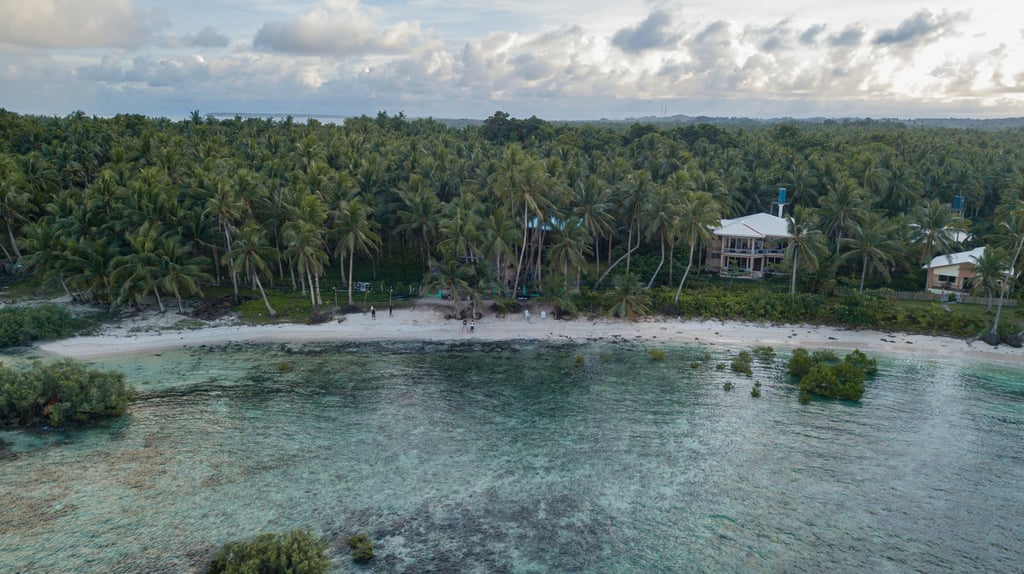Since he was 15, Junrey Longos has lived among lush mangrove forests and turquoise waters in Del Carmen, his hometown on Siargao Island, the surfing capital of the Philippines.
Once an illegal fisherman who would cut down the tropical trees to be sold as fuel, he now protects them as part of a civilian fisheries patrol force.
“Because life was difficult, we were forced to cut and sell mangroves back then. We couldn’t find other jobs,” Longos, 44, said.
Because of efforts by the local government to offer job training and nurture an ecotourism business, people like Longos became part of the solution, not the problem.
“I started planting new mangroves when I stopped doing illegal activities in 2011,” he said, proudly pointing out a mangrove he helped plant along the water.
For decades, the area’s mangrove cover was reduced by destructive fishing methods such as the use of dynamite and by illegal deforestation for wood to bake bread or make charcoal.
